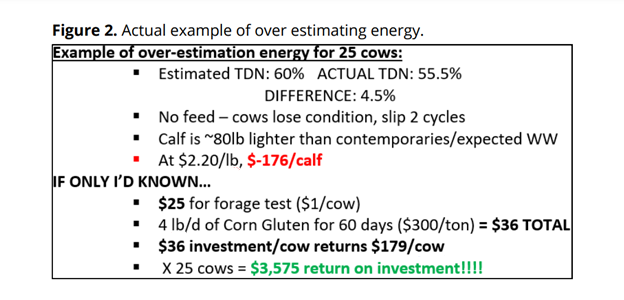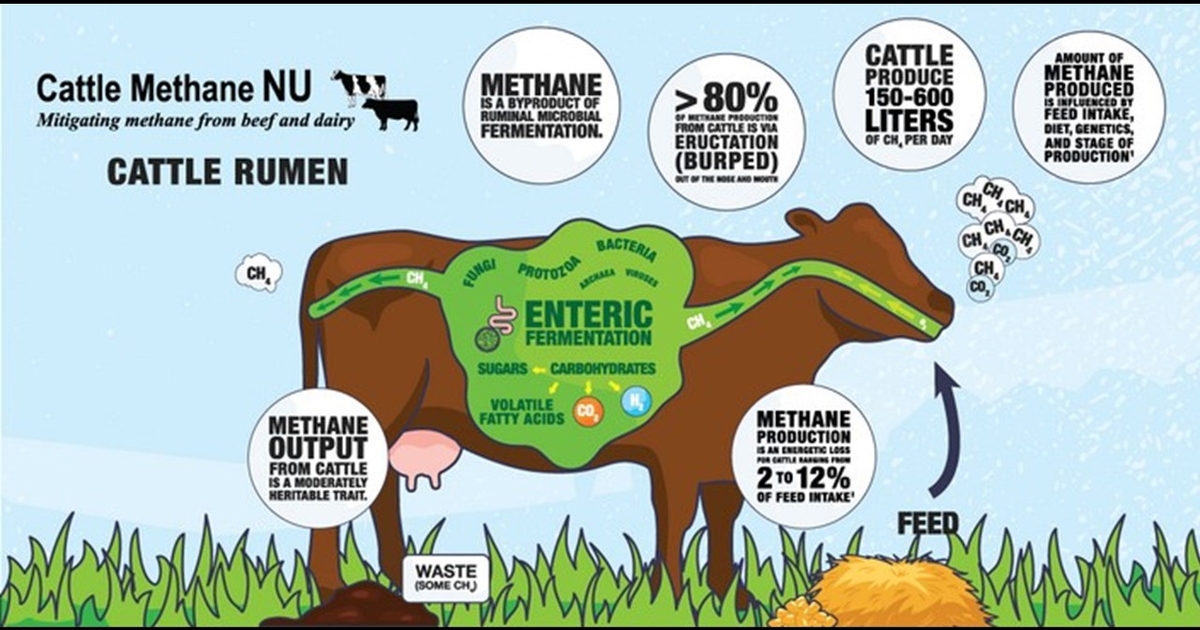Nutritional considerations going into calving
Posted on January 23, 2024
Source: Farm Progress. The original article is posted here.

By Lawton Stewart, University of Georgia Extension
Many beef cattle producers are about to start their calving season. Forage availability in many regions is variable. Some places saw severe drought in late summer/early fall, causing producers to feed more hay and deplete their winter hay supply. Other producers were able to put up plenty of hay.
In Georgia, we have received several emails and phone calls dealing with hay quality being lower than expected this year.
Entering the peak of hay feeding season, here are a few situations we are seeing, and the potential ramifications:
I will restrict feed in the last trimester to decrease calf birth weights.
I need more protein to go with my hay.
There is a tendency to underestimate crude protein and overestimate energy.
I will restrict feed in the last trimester to decrease calf birth weights. Is this correct? Absolutely! The problem is that this is not the only thing it will affect. Recent research has focused on fetal programming. Fetal programming is the concept that maternal stimulus or insult during fetal development has long-term effects on the offspring. One of the most critical aspects of fetal programming involves adequate nutrition, or lack thereof, for the dam. Research has shown minimal impact on calf birth weights, however restricted nutrition during the last trimester decreased weaning weights, finishing weights, and hot carcass weights. Additionally, research from Nebraska indicated that heifers from nutritionally restricted cows reached puberty 14 days later than those with proper nutrition.
I need more protein to go with my hay. Is this correct? Possibly, however, protein is only half of the equation. From April 1 to December 1 of this year, 924 bermudagrass hay samples and 151 fescue hay samples were submitted to the UGA lab. The mean crude protein (CP) and energy (TDN) values were 10.6% and 54.1%, respectively, for bermudagrass, and 10.6% and 54.9%, respectively, for fescue.
Figure 1 represents the CP and TDN requirements of brood cow throughout the production year. As you can see, as cows are entering the final trimester, their CP requirement is exceeded by the average bermudagrass and fescue sample, but the energy requirement falls short for bermudagrass. More importantly, there is a slight deficiency for CP for peak lactation but falls tremendously short for TDN.

There is a tendency to underestimate crude protein and overestimate energy. The cheapest money you will ever spend in a beef cattle operation is for a forage test, guaranteed!!! In a recent Master Cattlemen’s Program, free forage testing was offered to participants along with a survey asking producers to estimate what they thought the quality of the hay was prior to testing. This survey resulted in 83% of producers underestimating the protein of their hay compared to the actual. This would result in the purchasing protein supplement when not needed. For energy, 50% overestimated energy. This would result in depriving needed energy during late gestation and early location. In addition to the previously discussed fetal programming issues, this could also cause delayed breeding.
An actual example of overestimation of energy is illustrated in Figure 2. The overestimation could likely result in breeding delayed 42 days. The resulting loss in weaning weight could easily reach 80 lb., resulting in an approximate $176 decrease in value per calf. Through forage testing, however, the producer would know to feed 4 lb./d of a supplement such as corn gluten feed. Based on a 25-cow herd, this could easily return $3,575 above cost. That is a no-brainer!

Brood cow nutrition is a crucial part of a beef cattle operation. Between fetal programing and maintaining the proper calving interval, it is imperative for producers to pay close attention to the nutrients available in their forages and whether they meet the requirements of the herd.

.jpg?disable=upscale&width=1200&height=630&fit=crop)


